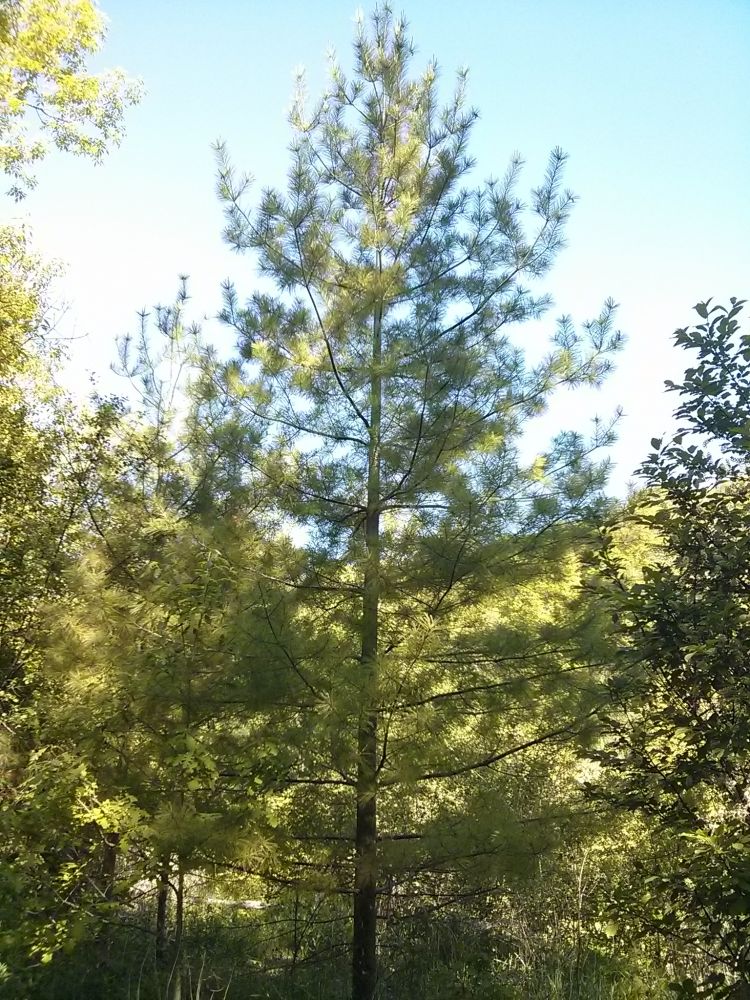Glendon Forest is located along the banks of the West Don River, in the Sunnybrook Park complex. This site was among the first where I engaged with community members and school classes who volunteered their time to enhance and preserve the natural value of this unique site, by planting trees and wetland species and installing fences to protect the sensitive habitat.
You see, Glendon Forest is a proposed Environmentally Sensitive Area (ESA), meeting criteria for significant flora species, fauna species and vegetation communities. This site contains a diverse mix of forest, bluff, swamp and marsh ecological communities. On a quiet stroll, you can always hear birds chattering and the meandering West Don River running by. On many occasions, when the trails are not busy, I have seen a snapping turtle crossing between the river and wetland.

Glendon Forest is a place that is close to my heart. I've literally watched it "grow up" for many years. So has this towering white pine (Pinus strobus) – one of my Great Toronto Trees! It is located near the entrance to Glendon Forest, from the Sunnybrook Park side on the south end of the site. This tree stands out in the landscape, and acts as a harbinger to this amazing natural area. When I went out today to snap its picture in the early spring sunlight, I realized I forgot to bring a diameter tape. But when I wrapped my arms around its base, my fingers barely made it past halfway around. It must be at least 100 years old, and has been witness to many changes in north Toronto. It is a survivor, a centenarian showing resilience in this urban wilderness.
The top of the tree-line in Glendon Forest is dotted with white pine trees, which is a beautiful and rare feature that I always point that out when I lead tours of the site with Glendon College students every fall. But white pine trees have a tough time naturally regenerating, especially in urban environments. Back in spring 2002, I planted this young white pine tree with a group of keen primary students further down the Glendon trail. Thirteen years later, it must be over 18 feet tall. This is the next generation of Toronto's urban forest. And I can't explain the pleasure and fulfillment I feel when I see "my" trees growing up.

What are your favourite trees in Toronto? I encourage you to share your stories by nominating your favourite trees in The Great Toronto Tree Hunt! It's easy! To nominate a tree, just take a quick snapshot or an artistic photo and provide a brief description (10 - 200 words) of why that tree is great.
Kim Statham is the Program Standards and Development Officer, Forestry Policy & Planning, Urban Forestry, City of Toronto.
The Great Toronto Tree Hunt is supported by TD Friends of the Environment Foundation along with Ontario Power Generation and City of Toronto.
